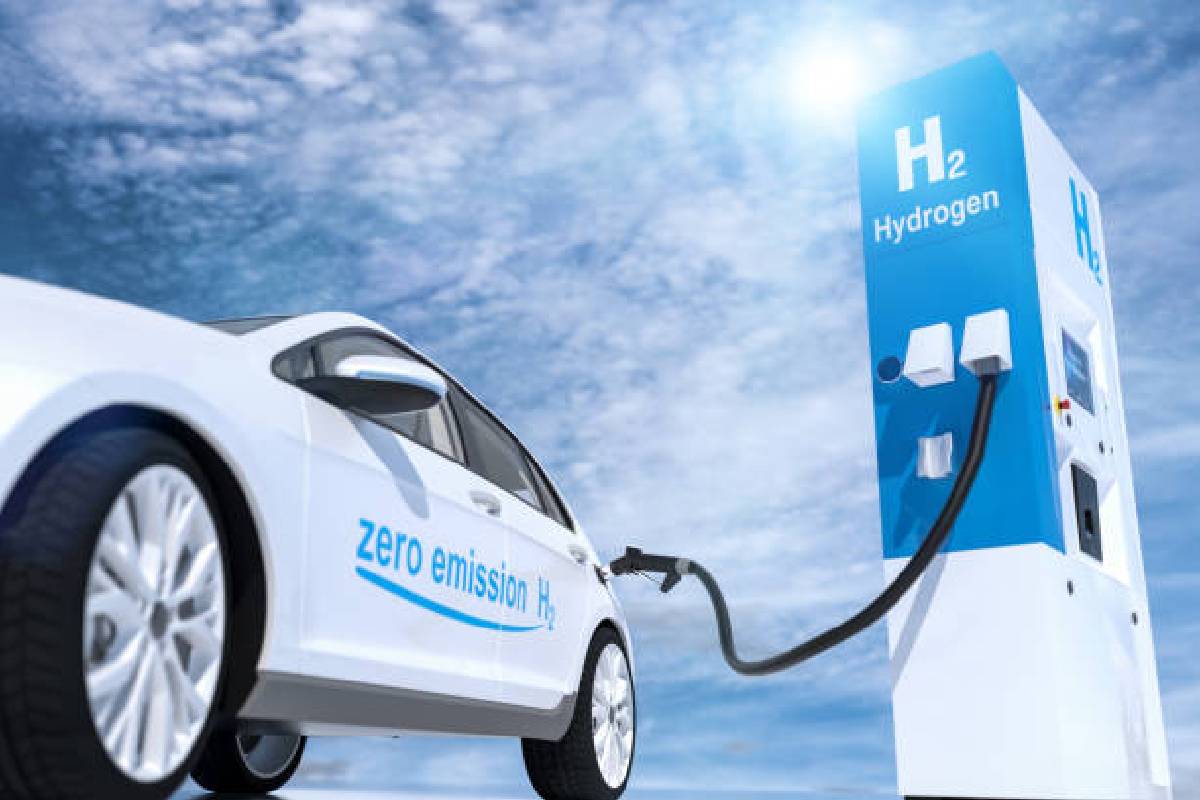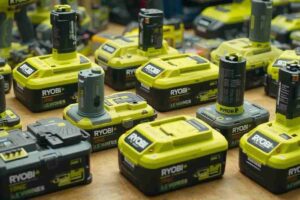
There is always a discussion in the automobile industry regarding how to provide the electric motor with a hydrogen fuel cell now that e-mobility has resurfaced as a concept (remember that at the beginning of the automotive period, ICE and electric cars coexisted). The automobile industry is concluding that electric propulsion is the way of the future for land mobility. The first choice—the option that is more prevalent today—is to use battery packs inside the vehicle. The hydrogen fuel cells, however, offer an alternative method.
What exactly is a Hydrogen Fuel Cell?
Some have proposed a new strategy in response to the existing battery technology’s poor energy content. We are generating electricity inside the vehicle without using large, hefty batteries. Since NASA used it to generate electricity on the Gemini and Apollo lunar missions in the 1960s, the technology isn’t new. Although there are several distinct kinds of fuel cells, proton exchange membrane fuel cells (PEMFC) are solely used in the automotive sector.
So how does a fuel cell generate electricity? It is a relatively simple procedure. Three components comprise the fuel cell: the separator, the cathode, and the anode. H2 is supplied into the anode from a tank. Two electrons and two protons make up the molecule H2. While negatively charged electrons move via an external circuit and positively charged protons move through the separator, an electric current is produced.
At the cathode, hydrogen protons that have already been through the separator and external circuit electrons are combined with atmospheric air oxygen. This mixture produces water from this mixture and is then released from the car’s tailpipe.
Hydrogen Production
Although hydrogen is the element that is most prevalent in the cosmos, it cannot exist in its free form on Earth. This implies that we must devise a method of obtaining it. There are currently 3+1 methods for producing hydrogen.
The process of steam reforming natural gas yields grey hydrogen, as it is known. Water vapor that is extremely hot and under high pressure is sprayed all over natural gas. H2 and CO2 are produced by this process. The least eco-friendly method of creating hydrogen is this one.
With one major exception, blue hydrogen and grey hydrogen are essentially identical. Technologies for carbon capture and storage are used during the extraction process to prevent CO2 from entering the Earth’s atmosphere.
Electrolysis is the third method of hydrogen synthesis. This is how green hydrogen is produced, and the process is the exact opposite of what takes place in a fuel cell. It converts water into its constituent elements, hydrogen and oxygen, using electric current.
The so-called turquoise hydrogen is the route (+1). This process involves passing natural gas over molten metal to create hydrogen and carbon. Although the last technique appears promising, it is not yet ready for widespread application.
The most environmentally benign method of production currently accessible is green hydrogen, but only if the required electricity is produced using renewable energy sources like solar or wind.
States of Hydrogen
Hydrogen can be used in either of two states. Both the gaseous and liquid forms have benefits and downsides. Since hydrogen is the least dense element in the universe, it must be severely compressed in order to be used in automobiles. Hydrogen is compressed to 700 bars for use today. That’s a lot of pressure, and we need specialized, pricey tanks for this.
The liquid form is the additional choice. However, hydrogen must be chilled to minus 253°C, or 20°C above absolute zero, in order to liquify. It is evident that energy is required to produce both kinds of hydrogen, either by extremely high compression or cooling.
However, using hydrogen has a lot of benefits because a kilogram of it holds 33.3 kWh of energy. This indicates that it has 167 times more energy per kg than the most sophisticated battery pack available today.
Batteries Vs Hydrogen Fuel Cell
For a few reasons, the car industry currently seems to favor battery packs. First off, the PEMFC has an efficiency of about 60%. Electrolysis is 75% more efficient than steam reforming for natural gas. Hydrogen can be compressed with an efficiency of around 89% and liquefied with an efficiency of about 66%. The losses between battery packs and hydrogen are compared with most effective case studies.
The fuel cell system offers almost the same efficiency as a gasoline engine ICE car. In the current state of affairs, fuel cells have no place in automobiles. Due to these drawbacks, the majority of manufacturers appear to choose the battery pack method.
It should be emphasized that for the same distance, home charging an electric car is 7–8 times more expensive than refueling with hydrogen. Due to its extremely high energy density, hydrogen may have a place in big trucks, but only if a sustainable method of production can be found.


